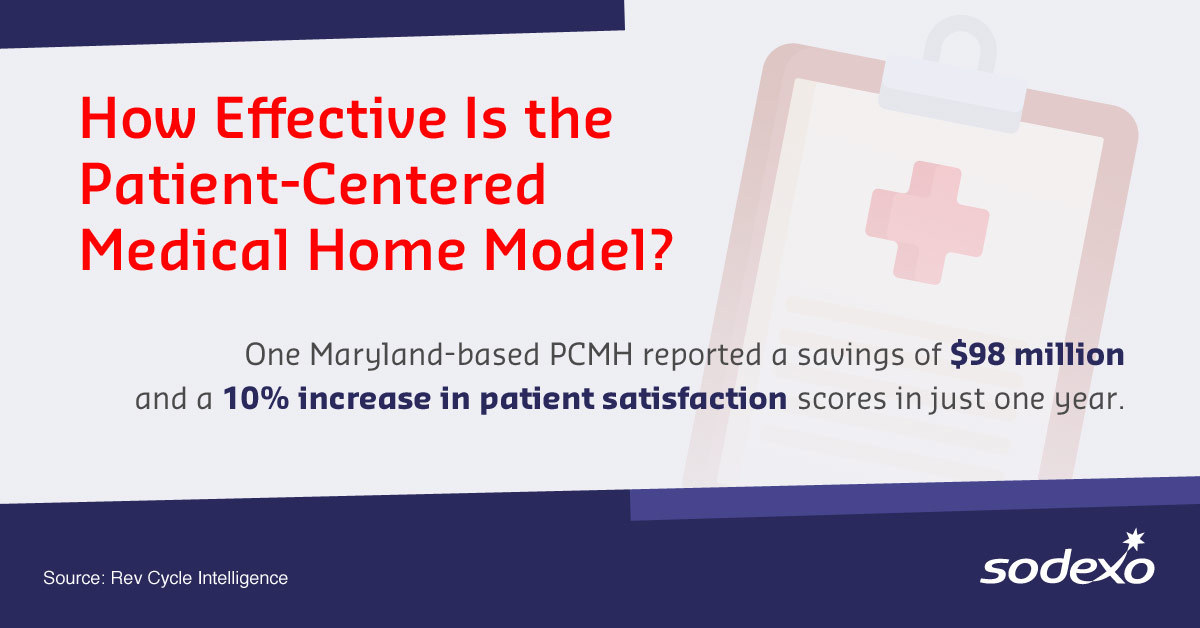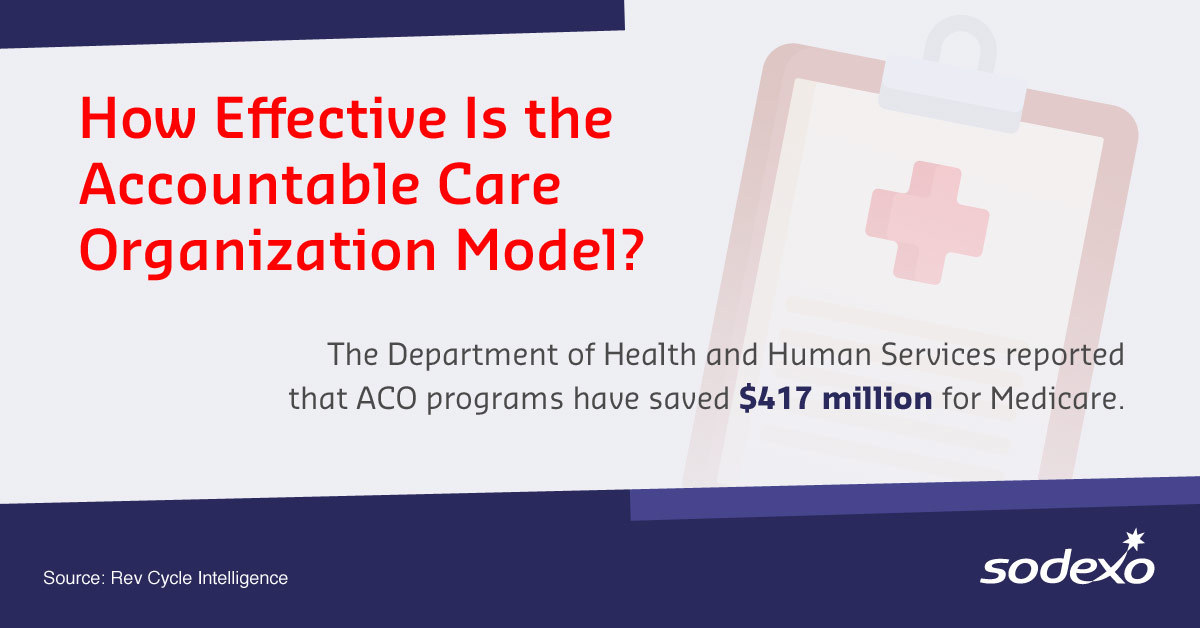The healthcare industry is constantly changing with the goal of improving the lives of healthcare providers and consumers in powerful ways.
The change that has the attention of every healthcare provider in the nation is value-based care. This healthcare delivery model connects reimbursement payments to patient outcomes instead of testing and treatment. Rather than pay providers for doing more work, value-based payments focus on the results of providers helping patients improve their health, reduce chronic disease, and live healthier lives.
Value-based care initiatives have been implemented by 48 states nationwide.
While the shift to value-based care leads to benefits that extend to patients, providers, payers, suppliers, and society, change can be overwhelming. It may leave some hospital team members uncertain about how it will impact their roles and, ultimately, their patients.
It falls on leadership to ensure team members understand the benefits of moving to a value-based healthcare system — and feel supported in the process.
Here’s how to explain value-based care to the teams in your hospital.
Communicate the Benefits of a Value-Based System
To get team members on board with implementing a value-based system, you need to also be fully on board. Over the past five years, the US has seen a seven-fold increase in the number of value-based care programs. This is an important transition, and your team members should understand why.
The benefits of value-based care are extensive, including:
- Physicians focus more on quality treatment and not quantity treatment, helping patients recover from illnesses and injuries more quickly and avoid chronic diseases, such as cancer and diabetes, which improves their health and helps them spend less money.
- Providers are able to focus on value instead of volume, leading to better care and higher patient satisfaction rates.
- Payers can control their costs by spreading it across a larger and healthier patient population that has fewer claims and less drain on premium pools and investments.
- Suppliers can align the prices for their products and services with improved patient outcomes and reduced costs.
- Society becomes healthier as a whole by managing chronic diseases and reducing hospitalizations and medical emergencies.
Understand How a Value-Based System Works
There are two primary foci when implementing value-based care: a team-oriented approach and sharing of patient data to coordinate care. The two models below serve as examples to help you explain how value-based care can be implemented in your organization.
Patient-Centered Medical Homes
Value-based systems integrate primary, specialty, and acute care into a delivery model called patient-centered medical home (PCMH). A PCMH is not a physical location — it’s a metaphor for the coordination of care, which is often led by the patient’s primary care provider.
In a PCMH model, a patient’s medical records are shared among all providers on the care team. This allows each provider to access important information, such as test results and procedures performed by other providers, reducing redundant care and the costs associated with it.

How Effective Is the Patient-Centered Medical Home Model?
One Maryland-based PCMH reported a savings of $98 million and a 10% increase in patient satisfaction scores in just one year.
Source: Rev Cycle Intelligence
Accountable Care Organizations
Originally created by the Centers for Medicare and Medicaid Services (CMS) to provide high-quality care for Medicare patients, accountable care organizations (ACO) also center around a networked team However, it’s more like a medical neighborhood than a medical home in that it involves multiple healthcare providers.
This team consists of physicians, hospitals, and other providers who share the goal of providing the highest quality coordinated care at the lowest possible cost.
Members of an ACO share both risk and reward. They benefit from improving access to care, quality of care, and patient outcomes — all while reducing costs. This is unlike a fee-for-service healthcare model, which incentivizes providers to order more tests and procedures as well as manage more patients in order to get paid more.
The ACO model is similar to the PCMH model in that it encourages the sharing of medical data among team members to coordinate care.

How Effective Is the Accountable Care Organization Model?
The Department of Health and Human Services reported that ACO programs have saved $417 million for Medicare.
Source: Rev Cycle Intelligence
Implement a Team-Based Approach
Exactly how you implement a value-based care system in your hospital will depend on the unique qualities of your organization. However, there’s one factor you’ll need to make sure your teams know are a priority — a team-based approach.
It’s important to determine and communicate the workflow that will provide the best care for the patients in your hospital. You’ll need to nail down details, such as:
- Which team members will play a role in the value-based system
- What the roles and responsibilities of each team member will be
- How often each team member will contact patients
- How frequently each team member will visit patients
Teams are often led by a physician, whose role is to engage and enhance the skills of other team members. Roles of other team members who care for patients may include:
- Patient outreach coordinators, who communicate with patients who need assistance from a variety of team members
- Nurse educators or navigators, who are registered nurses trained in managing patient cases through scheduling appointments, providing patient education, and providing hands-on support according to patient needs
- Care coordinators, who are medical assistants (MAs) that work closely with nurse navigators regarding follow-up care with high-risk patients
- Certified medical assistants, who review patient records in search of gaps in care to prepare for physician visits and document visits while in the room
- Referral coordinators, who schedule referrals and request precertification needed by health insurance companies
- Transition of care nurses, who are nurses that provide care for patients as they move from one level or venue of care to another
- Extensivists and hospitalists, who make sure patients receive proper follow-up care after discharge
It’s critical to recognize that the primary responsibilities for value-based care will land on your providers — and you should communicate that they’ll have the support they need to implement this system effectively.
Success in value-based care comes when the workload is shared, and no individual team member should take on the entire burden.
Listen to Your Team Members’ Concerns
It took time for the healthcare system to adjust to value-based care, and it may take your team members some time to adjust, as well. It’s important to listen to their concerns, and anticipate them when you can.
Some common concerns about value-based care include:
- Adding an additional stressor to claims reimbursement rates — which are already falling
- Additional spending on services and partnerships for quality care and performance
- More documentation and data collection, leading to financial and resource strains
- Potential healthcare mergers or acquisitions
- Poor compensation for performance
While approximately 80% of physicians don’t fully support a change in reimbursement or economic incentives, many recognize that the current system doesn’t provide enough value to those it’s intended to serve.
It’s important to highlight how value-based care has the power to improve the care they are able to provide to their patients. At the same time, it can increase your hospital’s profitability, which can allow for more resources to mitigate many other concerns they might have.
Your teams may have questions about organizational structures, communication, or coordination — all of which should be acknowledged and answered. Emphasize that their concerns won’t be ignored, and if done properly, a value-based system has the capability to benefit the healthcare system in its entirety.
Do you have questions about talking to your teams about value-based care? Contact Sodexo.
